Children are one of people's favourite subjects to photograph, but like any subject they present their own photographic challenges. Let's take a look at a few ways to get the best possible results with photographing children in outdoor conditions.
Why Natural Light is Best for Outdoor Kids Photography
Children, like anybody, look their best when photographed outdoors in natural light. Soft, natural light gives the face a more natural and pleasing shape, makes the skin appear softer and removes ugly harsh shadows.
Firing a flash will often make babies and younger children blink or even cry. Also, flash will generally flatten the skin and eliminate the subtle shadows that give a face depth and realism.
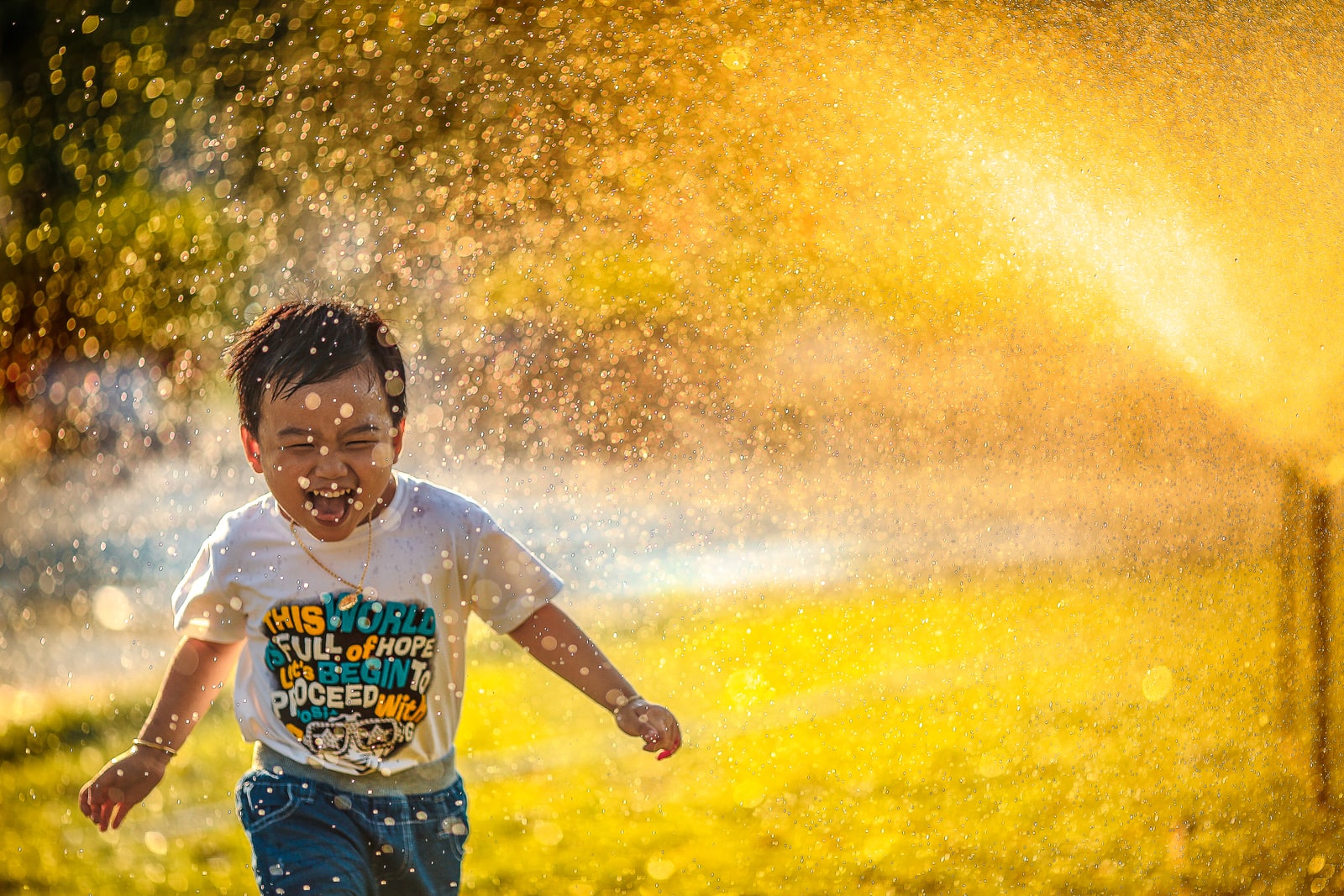
When looking for suitable outdoor light to take photos of children, keep in mind that the midday sun is very harsh and will cast unflattering shadows. The best times of day for outdoor portrait photography are the early morning hours and the last hour before sunset (golden hour). The sun will be low in the sky which will be very flattering to your subject, since the light will create a soft, golden glow. Find soft light coming from one side and you can hardly go wrong.
If you absolutely have to do your photo-session during the middle of the day, there are a few ways to make it work. First, do your best to stay out of areas with bright, direct sunlight. Instead, look for places with open shade to shoot in. Position the child to have open sky in front of them to properly illuminate their face. You can also use a fill flash or a portable reflector to fill in shadows that are a bit too dark.
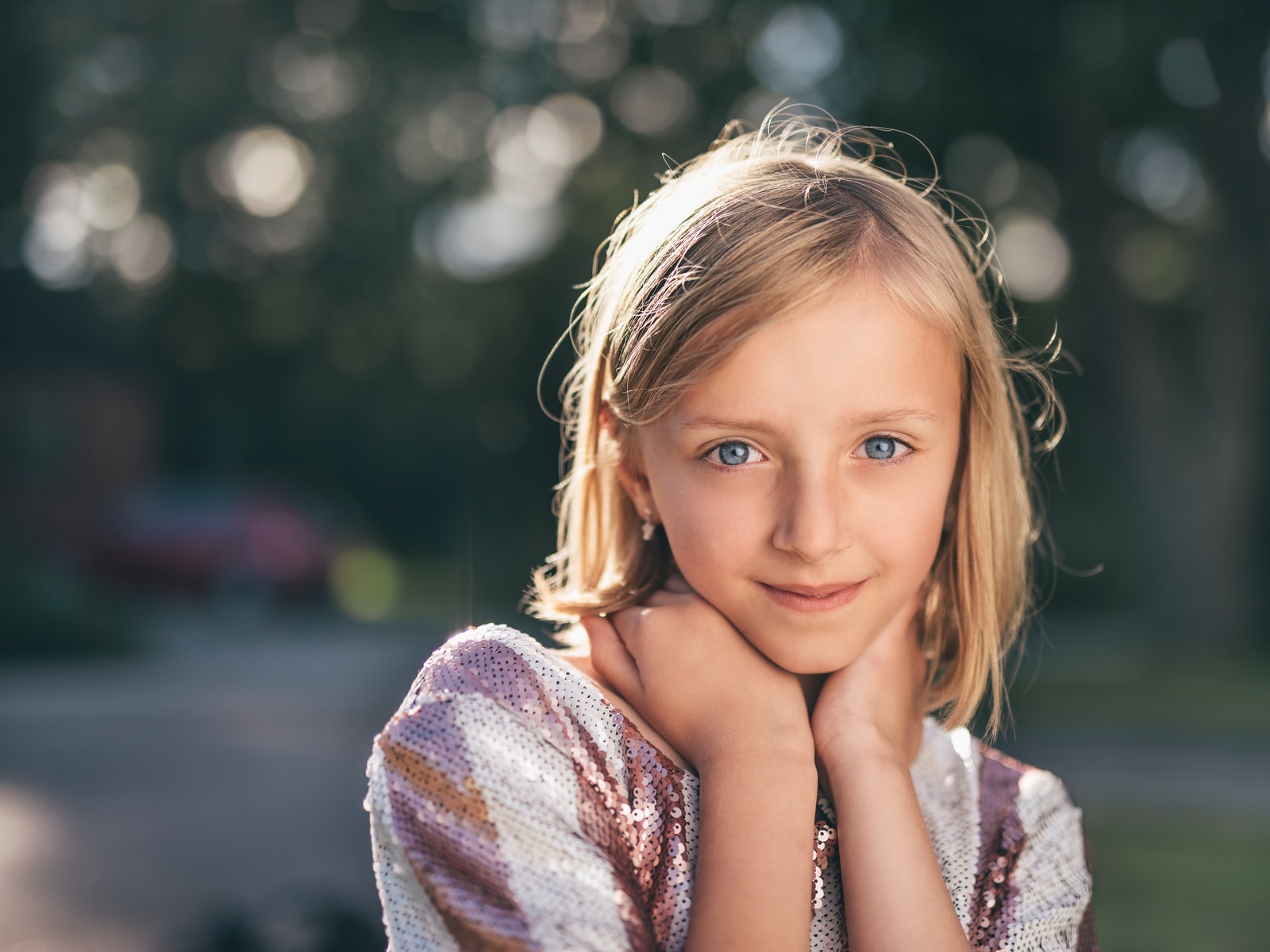
How to Make Children's Photography Fun and Spontaneous
Children have a short attention span and most of them will simply be unable to sit still for very long or follow complicated posing instructions. The environment of an indoor portrait studio can be intimidating for the child and ultimately a frustrating place for the photographer during a child photo-shoot. So a fun outdoor setting such as a park, beach, their own back-yard or a beautiful garden can instantly help put a child at ease.
Some parents will have given their child some very strict coaching prior to the photo session to be on their best behavior. While well-intentioned, this might actually backfire and cause the child to need extra time to relax and just be themselves. Stiff poses and cheesy smiles are not what you are going for, so it is imperative that the child feel relaxed and view the shoot as a fun event. Bringing treats, with the parent’s permission, can be a great way to motivate a child that is bored or frustrated with the photo-session.
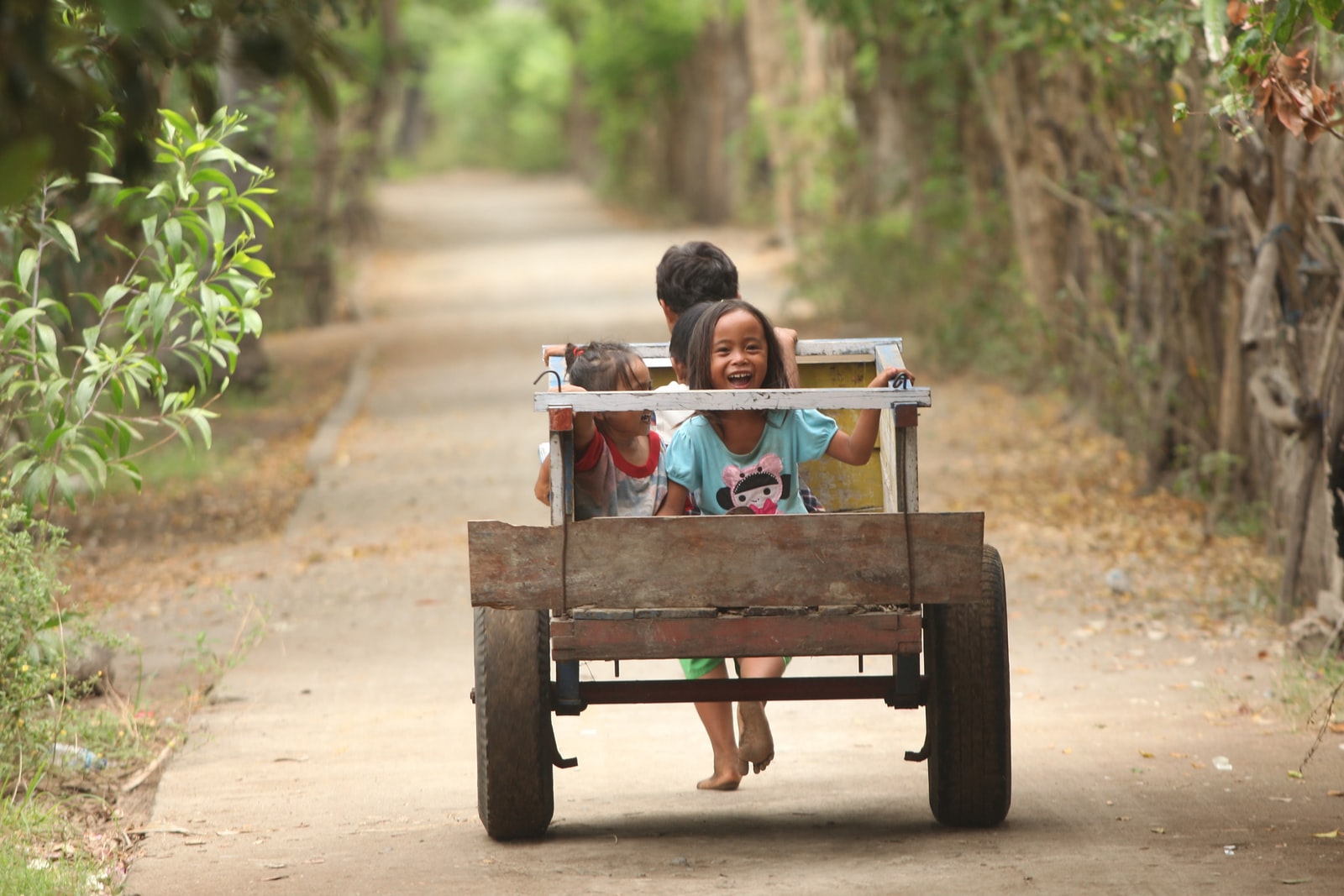
An outdoor portrait session can allow you to get some great action shots such as the child joyfully running in the grass, digging in the sand at the beach, playing with a colorful toy and even with other children. In some ways, a great and spontaneous photo of a child is more of a documentary than a portrait.
Kids, like adults, are individuals and one of your goals should be to capture their uniqueness in your photographs. One way to help facilitate this is to take some time to get to know them prior to the photo-session. You will quickly learn if they are shy, outgoing, serious, studious, especially active or funny. You can then brain-storm fun ways to portray these traits in your photos.
Babies in particular can’t fake a pose or a smile, which is not what you want anyway, so simple games of peek-a-boo from behind the camera, or talking in a silly voice, will usually bring out a beaming natural smile. Keep in mind that babies are almost always at their best in the early part of the day. Fatigue at the end of a day will usually make a baby fussy. Also, if the mother feels comfortable with it, capturing a photo of a baby nursing in a beautiful outdoor setting can be especially touching.
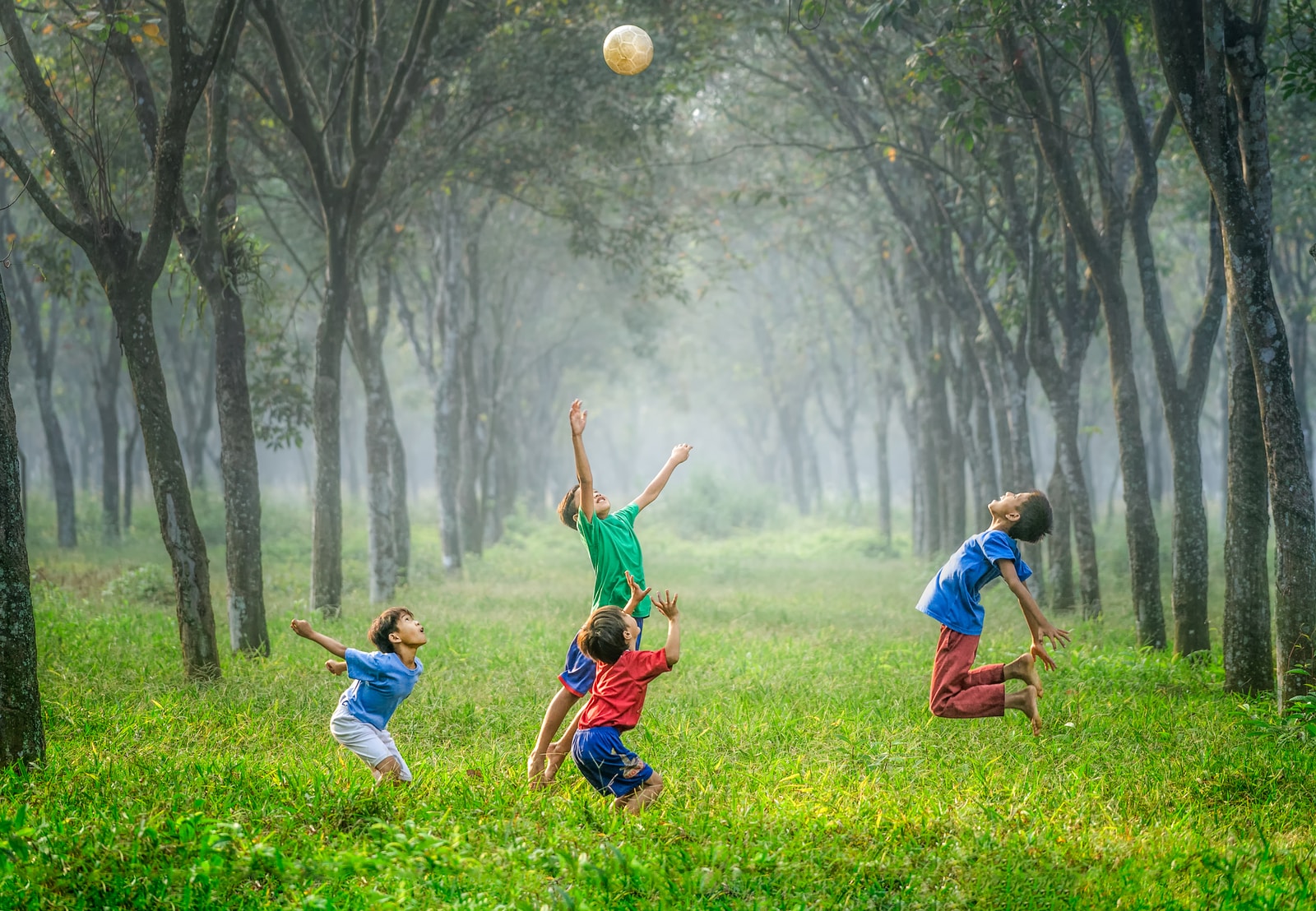
What Are the Best Camera Settings for Photographing Children Outdoors?
In order to really draw focus to the child as your subject, it is a good idea to set your camera to aperture priority mode. A good aperture to start with is f5.6, since the background will be out-of-focus but will allow the child’s entire face to be in focus.
Generally, the lowest ISO you can get away with is going to produce the best results. In lower light situations you can go up to ISO 800 if you find that your shutter speeds are just too long. Going over ISO 800 can start to cause a lot of digital noise in your portraits.
A fast shutter speed is essential if the child is in movement at all. If you are shooting in aperture priority mode and your shutter speeds are too long, you will have to make adjustments. A shutter speed of 1/500th or even more may be necessary to capture a sharp image. If you are having a hard time finding a good shutter speed, you can always set your camera to ‘sports mode, since this setting is designed to freeze motion.
A zoom lens in the 70-200mm range is a good all-purpose lens for shooting portraits of children. This will allow you to have some distance from the child but still fill the frame. If you’re shooting in a poorly lit area, the fastest lens you have will likely work the best.

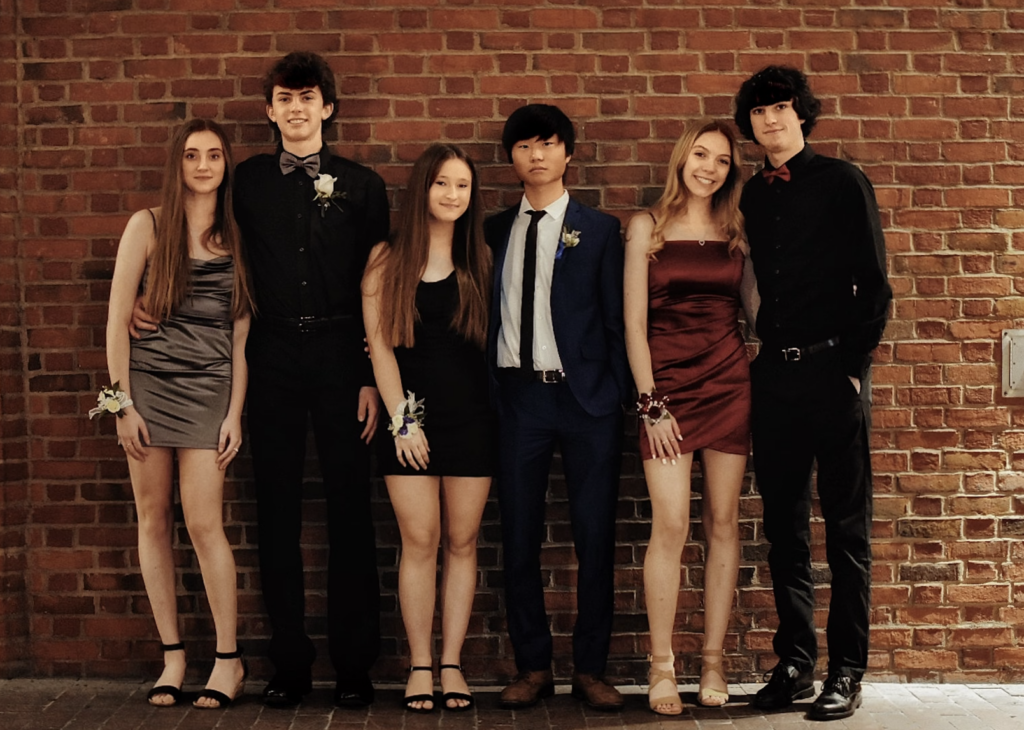
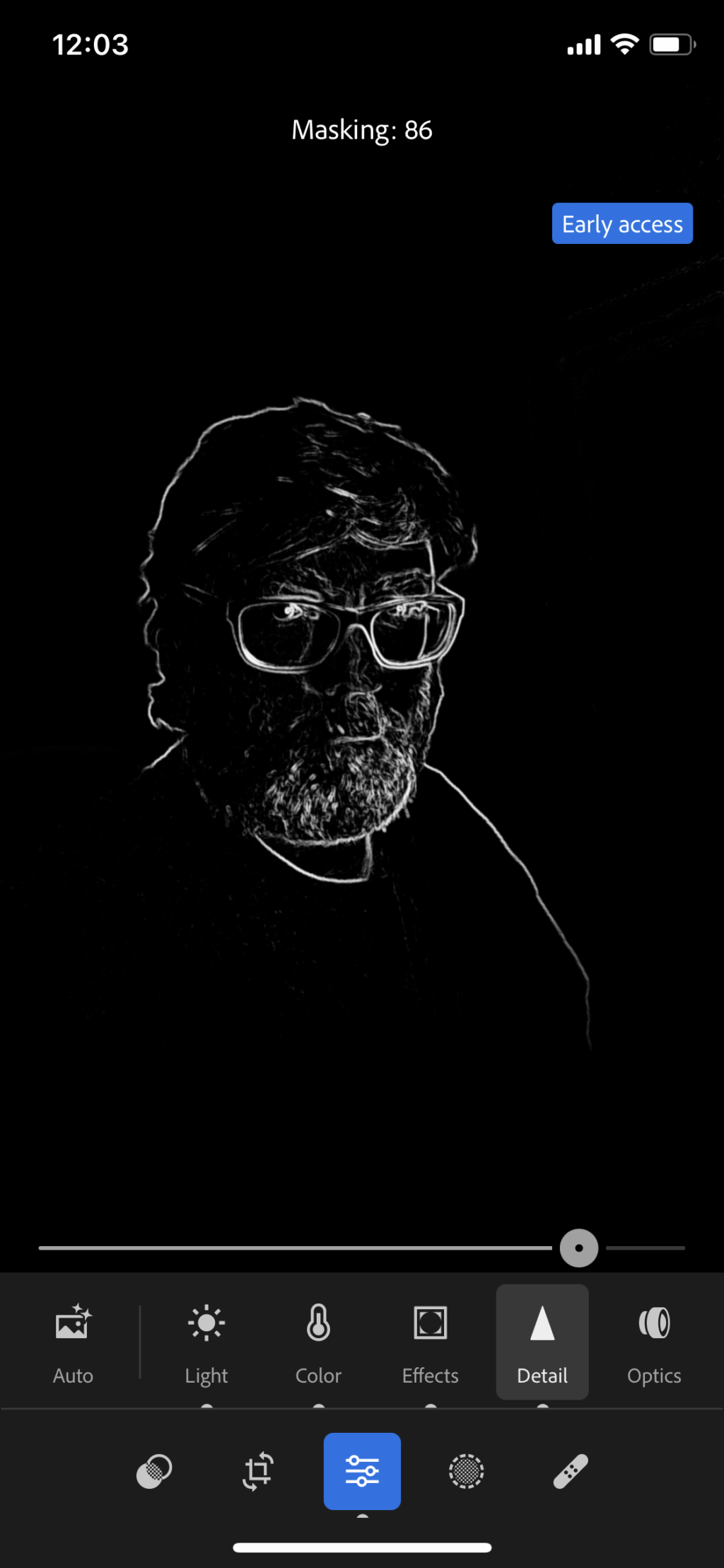
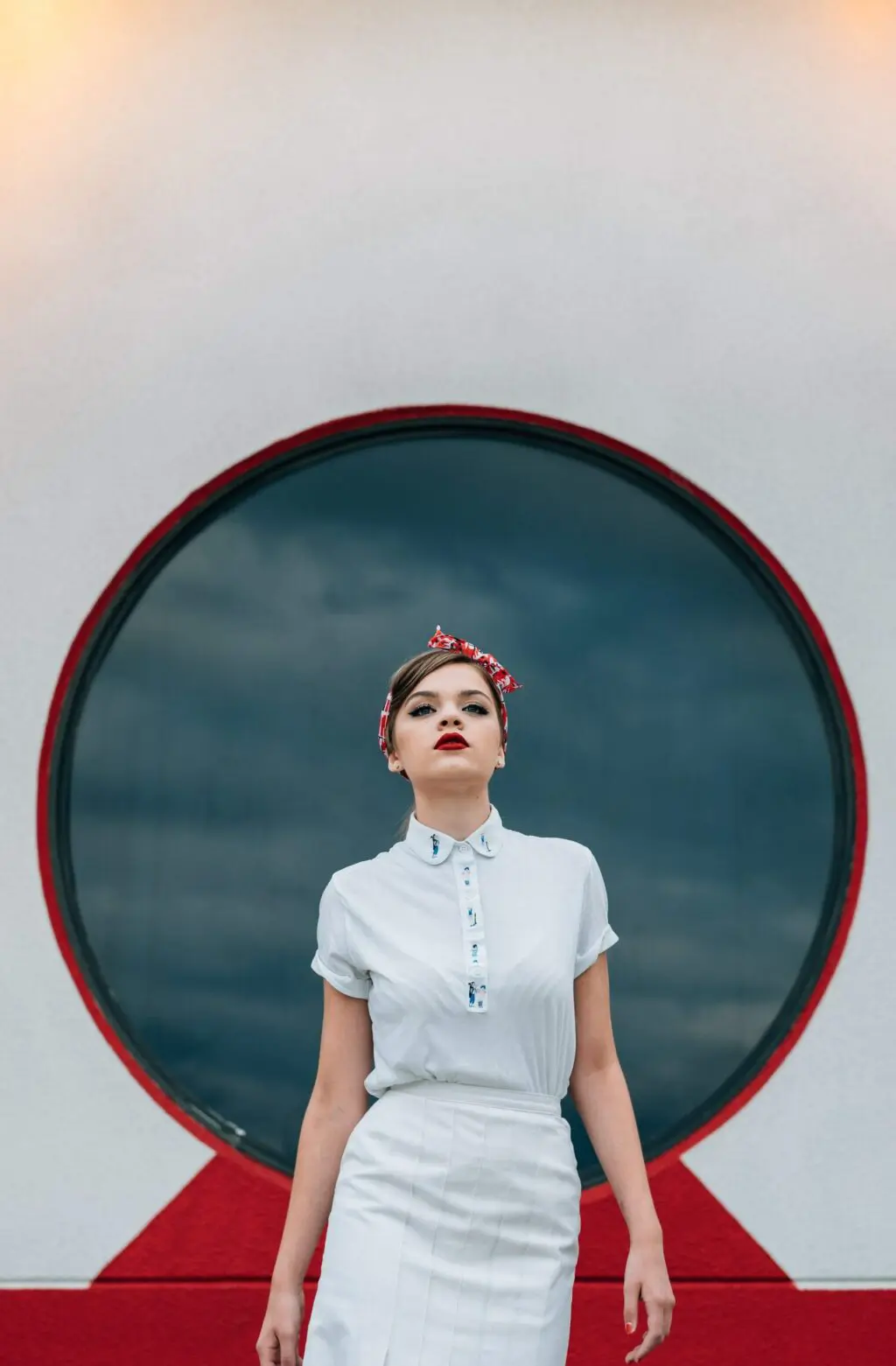
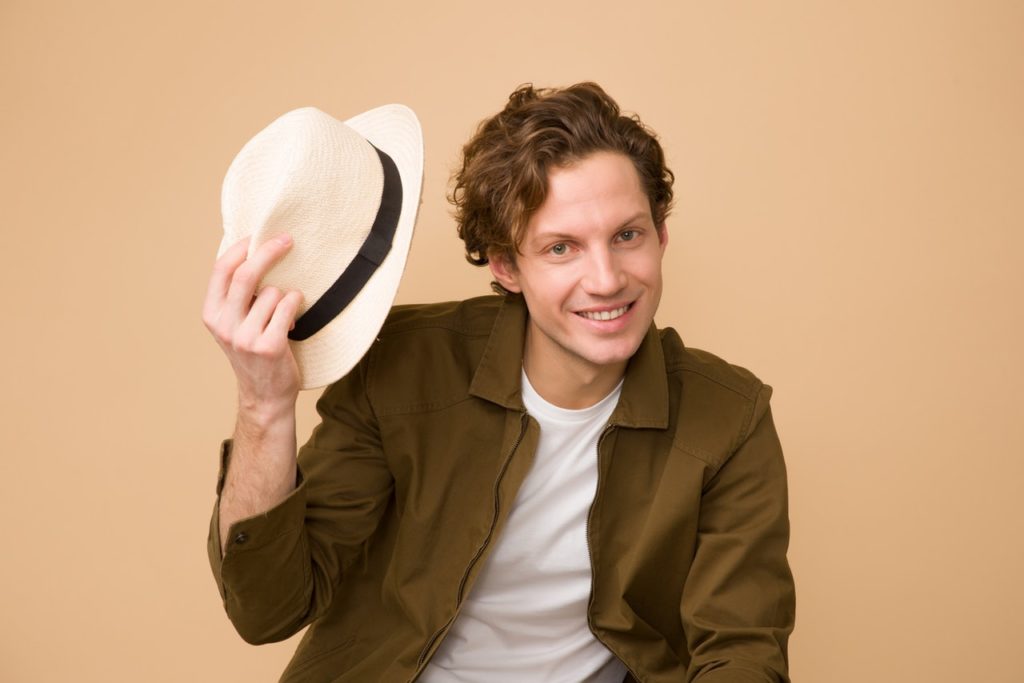
4 Comments
Hi Rachael, I’m surprised that you don’t mention the angle of view. All the example shots show how important it is to get the camera down to their height. A great topic to discuss. Thx.
I was photographing kids over the weekend with aperture priority f5.6 and locked iso at 200 but on reviewing the pictures on my lap top some of the pictures the iso jumped from 1000 to 1600.I don’t know why.did I miss a step somewhere
That’s because you had it on auto iso where the camera figures the best setting for you. Turn the auto iso off in the menu and the camera will use what you put in (i.e. the 200 you mentioned above.)
Thank you Rachael! And I love your presets, I have tried some of them before I found this site. Your Creative Bundle is next on my list to purchase 🙂